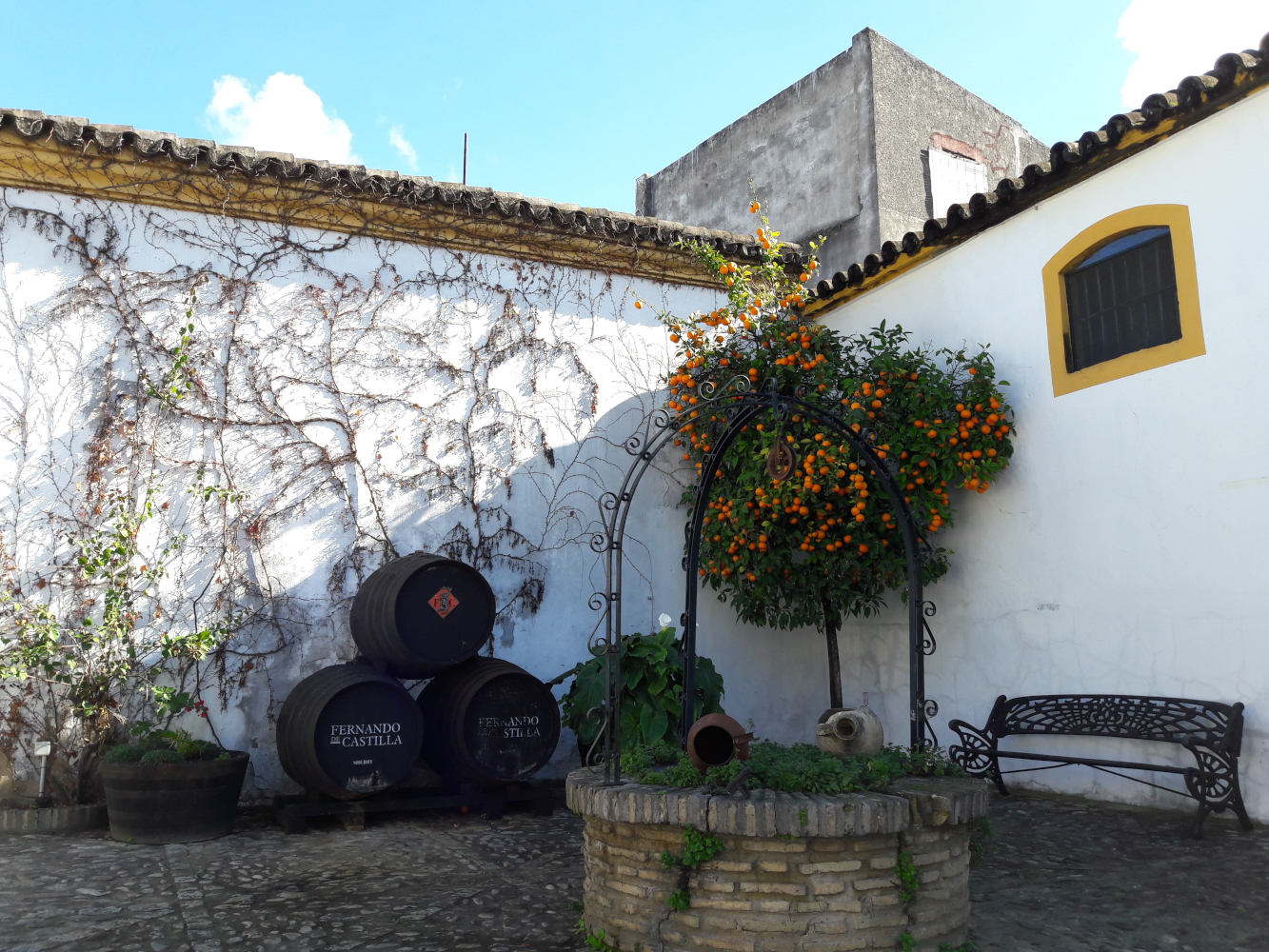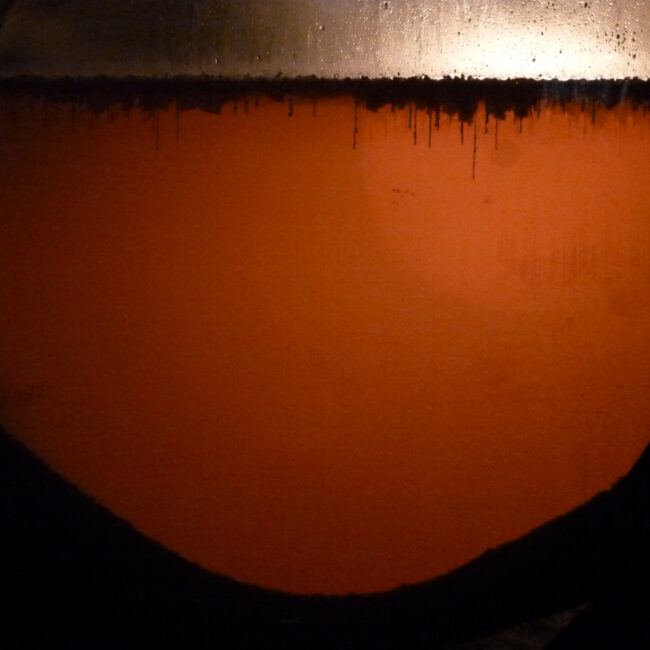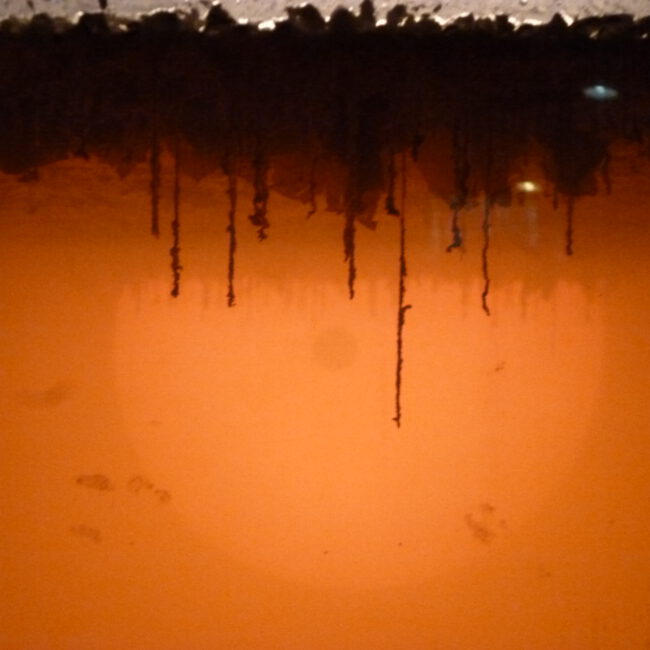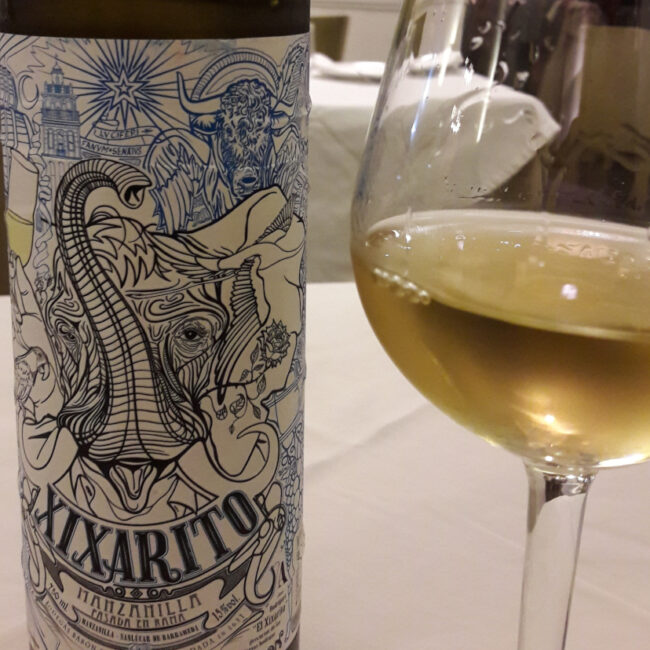
About Sherry Part II
ately it has become to light that micro-organisms, like yeasts, are omnipresent and vital to many natural processes. They populate the air, can be found on and in food, in our gut even and they play a large role in the soil. In fact we are just beginning to understand their vast importance.
Dry Sherry Types
Crianza Biologica
Essentially there are two types of dry Sherry made from the Palomino grape based on their crianza. They are crianza biológica and crianza oxidativa. The Spanish word crianza means rearing or upbringing.
In wine terms it refers to the refining or ageing of a wine. This is achieved by a number of months or years that the wine spends in a barrel. During this time certain characteristics are being formed. All Spanish wine regions have rules regulating ageing time frames, and they vary from DO to DO. However, in Jerez you will never find the term crianza on a bottle.


Crianza biológica refers to the fact that the wine is ripening under a veil-like film of yeasts.
For this to happen, the base wines have been fortified to 15 – 15,5 VOL% and under certain climatic conditions a special yeast strain will create this soft, white layer on top of the young wine. (I always think it looks like popcorn, when seen from above) This yeast film, or flor in Spanish, creates a barrier between air above and wine below. It feeds on oxygen, alcohol and any still remaining residual sugars.
To this end the barrels of 600 l capacity are only filled with about 500 liters of wine, thus exposing a large surface area of wine to the air and oxygen above. Over time the flor will develop and expand until it covers the entire expanse, creating a barrier between oxygen and wine.
Over time it will alter the organoleptic characteristics of the wine: aromas, flavours and texture while the colour stays bright. As mentioned above, the climatic conditions also play a big part in this.
The flor does not like extreme heat, it fares especially well in the more temperate, humid conditions of the seaside towns Sanlúcar de Barrameda and El Puerto de Santa Maria and is sometimes a little challenged in Jerez de la Frontera. Also, in order to survive the necessary six or more years in a cask, the flor needs nutrients. These come in form of young wine.

These are the Sherries resulting in the crianza biologica:
Manzanilla – clear, straw coloured Sherry from Sanlúcar de Barrameda
Manzanilla Pasada – Sherry that has been ageing a little longer while the flor, is already weakening, exposing the wine to some oxygen resulting in slightly darker yellow
Fino – bright straw to golden coloured Sherry from either Jerez de la Frontera or El Puerto de Santa Maria
Amontillado – Sherry from any of the above towns that has aged beyond the existence of flor undergoing some crianza oxidativa, resulting in an amber colour. A true Amontillado is a dry wine, however most commercial Amontillados are blended wines of medium sweetness.
Diese Seite verwendet Akismet, um Spam zu reduzieren. Erfahre, wie deine Kommentardaten verarbeitet werden..


Schreibe einen Kommentar